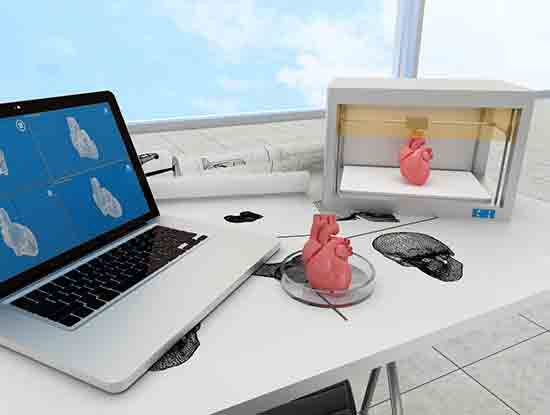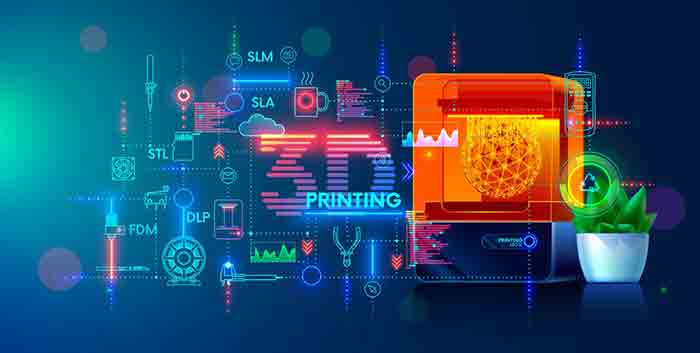The benefits of desktop 3D printers for business are plentiful. This type of machine can produce industrial-quality parts at a fraction of the cost of manufacturing them from scratch. The machines are flexible, and users can switch materials as they need. They can create prototypes quickly and easily. In addition, they can test new designs and materials to improve their products. This is one of the biggest advantages of desktop 3D printers for business.
Uses for Desktop 3D Printers

The benefits of desktop 3D printers for business are numerous. Aside from being cost-effective and increasing production rates, they also enable designers to play with different materials and experiment with intricate designs. This allows them to improve their products while reducing the costs of materials. In addition to this, these printers also provide an opportunity to experiment with different types of material, which will allow them to create new products or improve existing ones.
Provides You with Design Freedom
A desktop 3D printer offers complete design freedom. This tool allows teams to create intricate geometries faster than ever before. In addition, it can create a custom part or a small batch run. The advantages of a desktop 3D printer are numerous, but these are the most important. A 3D printer allows designers to experiment with different materials, and it will also save them money on engineering and research.
Ideal for Small Businesses
For small-scale manufacturing companies, desktop 3D printers are ideal because they fit on a desk surface. Large industrial 3D printers can take up space and require specialized space. However, desktop 3D printers can help businesses achieve many of these benefits. Whether you’re a startup or a larger company, a desktop 3D printer will save time and money. So, if you’re looking for a way to innovate your business, a desktop device is worth the investment.
Reduces Material Costs
The benefits of desktop 3D printers for business include a reduction in material costs. They reduce the amount of time it takes to create a part. A desktop delta 3D printer will save you money on materials and will allow you to create the products you want, faster. The cost of a desktop device for business purposes can be as low as $500. Its ease of use will also make it an attractive investment for many businesses.
Affordable and Flexible
The cost of a desktop 3D printer is comparable to a laptop computer. A desktop 3D printer uses the same amount of energy as a laptop computer, so it is ideal for small and mid-sized businesses. In addition to making the parts faster, a desktop machine can also save engineers time. In addition to this, it is more flexible. If you want to save money on materials, a desktop 3D printer can help you do so.
A desktop 3D printer is also an affordable option. The price of a desktop 3D printer is similar to a laptop computer. Its power consumption is comparable to a desktop PC, which is a considerable benefit for a small business. It also saves money in the long run, as the parts are cheaper than industrialized versions. In addition, it saves time as a team can play with different materials.
Creates Complex Geometries
A desktop 3D printer will save you money in the long run. These machines can be used as a design tool to experiment with different materials and create complex geometries. For instance, a desktop printer can be used to create a prototype of an existing product. With this technology, engineers can create parts in-house and reduce the cost of materials. They can even play with different materials. They can experiment and improve designs.
Conclusion
A desktop 3D printer can be used to create small or large parts. They can be used to produce small-scale prototypes or one-off custom solutions. In addition, the printers allow a designer to manipulate the design, reducing the costs of materials. In addition, a desktop 3D printer is useful for small-scale businesses and startups that need small prototypes. They can also be used for designing prototypes.
